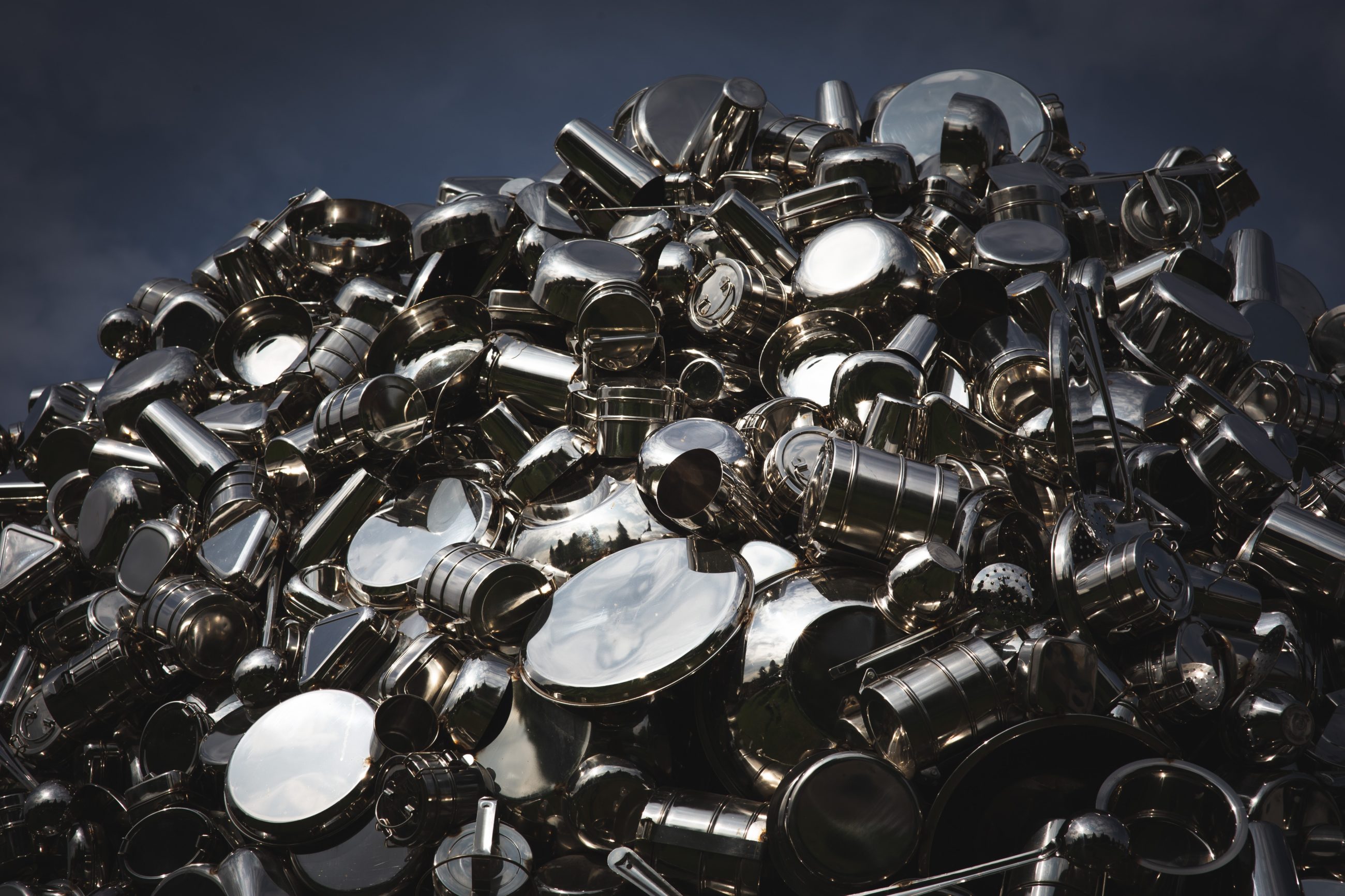Probably, you do not notice that most materials you use daily contain metal. From utensils to gates to jewelry, everyday things would have some metal. Metal is conductive, malleable, durable, and strong. Since metals are non-renewable resources, recycling is the most effective way to retrieve metal from products today.
Understanding the importance of metal recycling
Metal is one of the best performers in recycling because its structural value and quality will not degrade. However, other types of recyclables, like plastics and paper, degrade their value, and the number of times you can recycle them has a limit. For example, you can recycle paper four to six times, while plastics are recyclable up to three times.
Metal recycling is an industry on the rise. The most recycled material is steel, followed by aluminum, copper, brass, silver, and gold. In North America, a large percentage of the metal in use comes from recycled steel. Metal recycling provides more than one million jobs in the U.S. alone.

Steps in metal recycling
Knowing the steps might convince you to undertake recycling in your home, your office, or your place of business.
Step 1. Collection: The first step is to collect the scrap metal. You might have varied sources of scrap metals in different sizes, from cars, white goods, and electrical and electronic equipment, so ensure that you remove only the metal parts. If this is your source of extra income, you might consider getting in touch with a recycling facility near you so you can arrange for pick up or drop off.
Step 2. Sorting by type: After collecting scrap metal parts, you should sort them. First, sort them by type – iron, stainless steel, copper, brass, etc. Sorting will facilitate the recycling process. The recycling facility typically squeezes or bales the metals according to type so they do not take up too much space on the conveyor belt.
Step 3. Shredding metal bales: The third step is to shred the bales of metal into small pieces, which will help melt the metal faster. Moreover, the smaller pieces are easier to melt, requiring lower temperatures, so the process conserves energy.
Step 4. Melting the metal: In the melting process, the facility transfers the shredded metal into a graphite crucible container, which will be placed in a huge furnace. The furnace is optimized for the type of metal it will recycle. It can take several hours or a few minutes to melt the metal, based on its type.
Step 5. Purification: The purification process ensures that the melted metal is high quality and free from impurities. The process involves using a powerful magnetic system to separate the metal from the slag or through electrolysis.
Step 6: Metal cooling and solidification: After purification, the melted metal is moved to a cooling chamber where it will turn solid. The facility solidifies the metal into various shapes, depending on how manufacturers use it.
Hopefully, you understand how vital metal recycling is, and knowing the recycling process convinces you to embrace recycling not only metals but other items, too.
